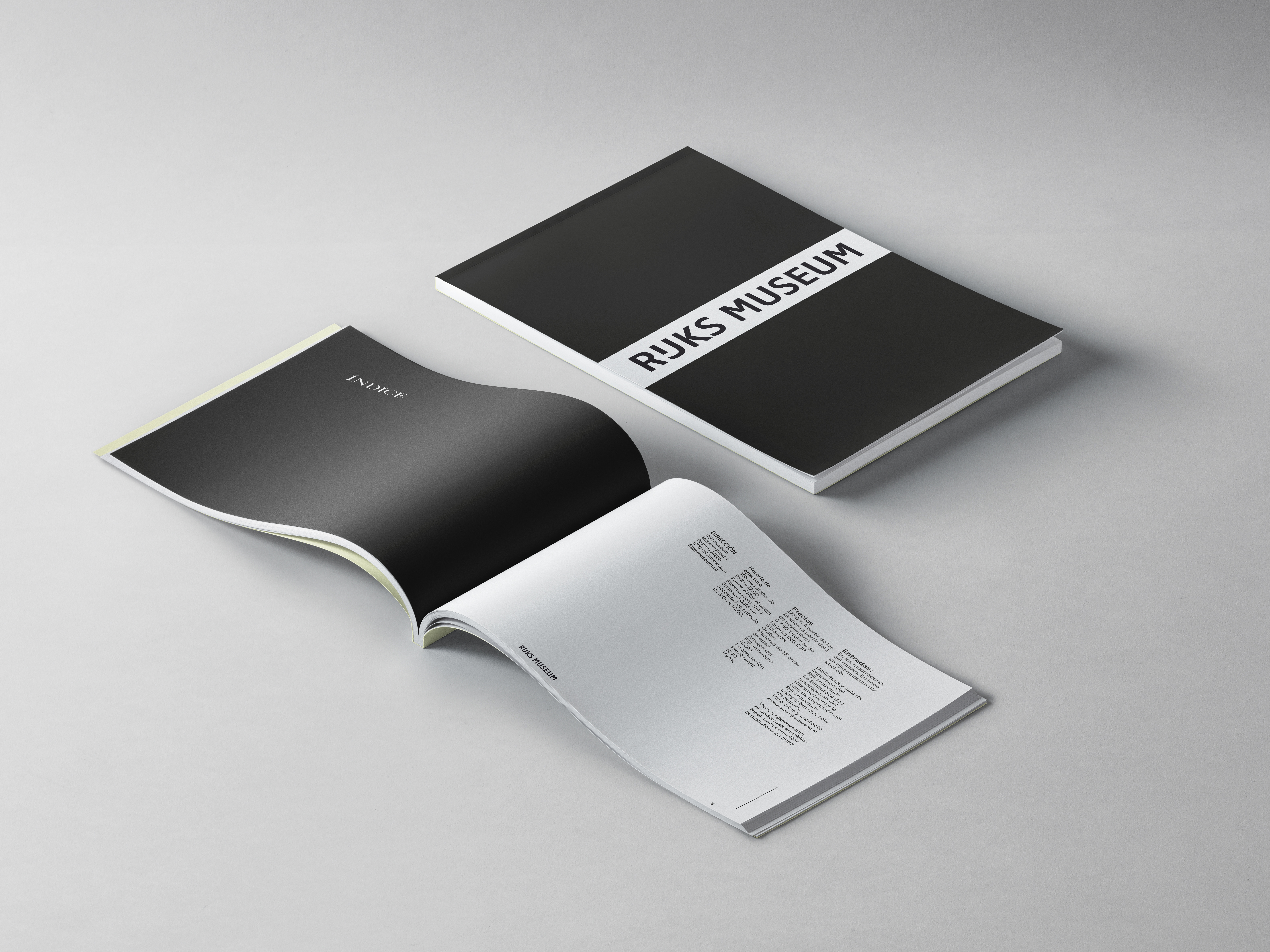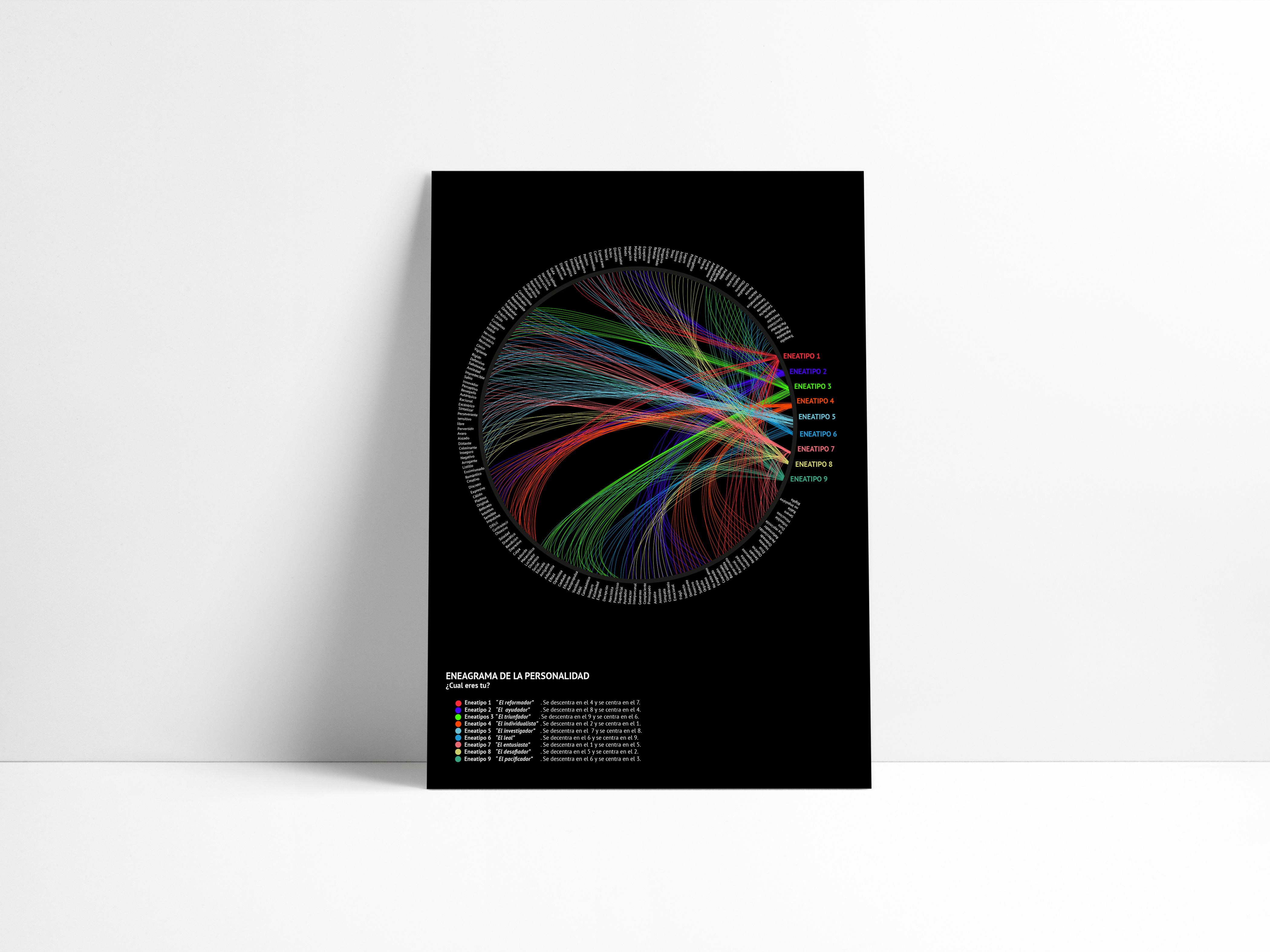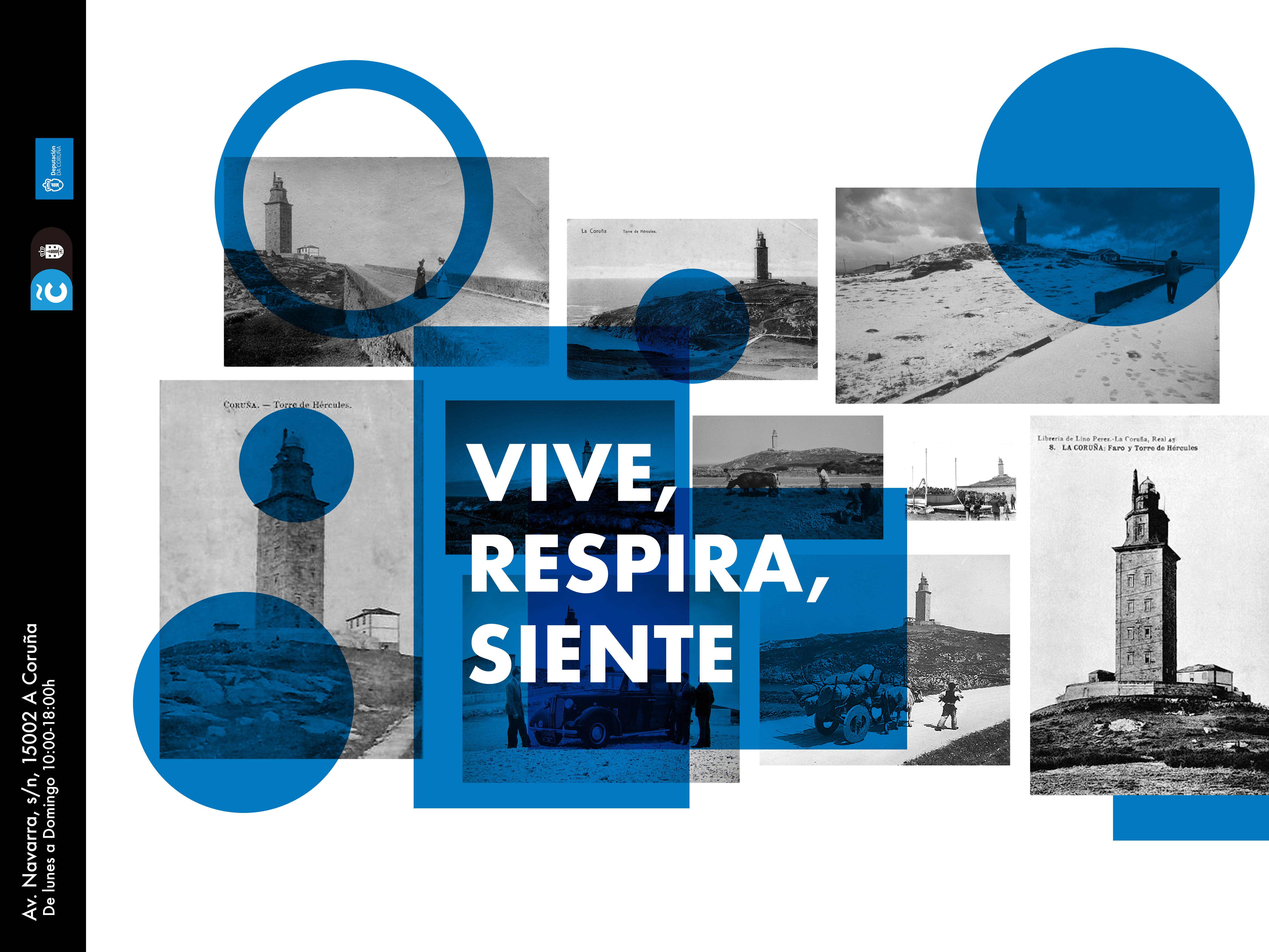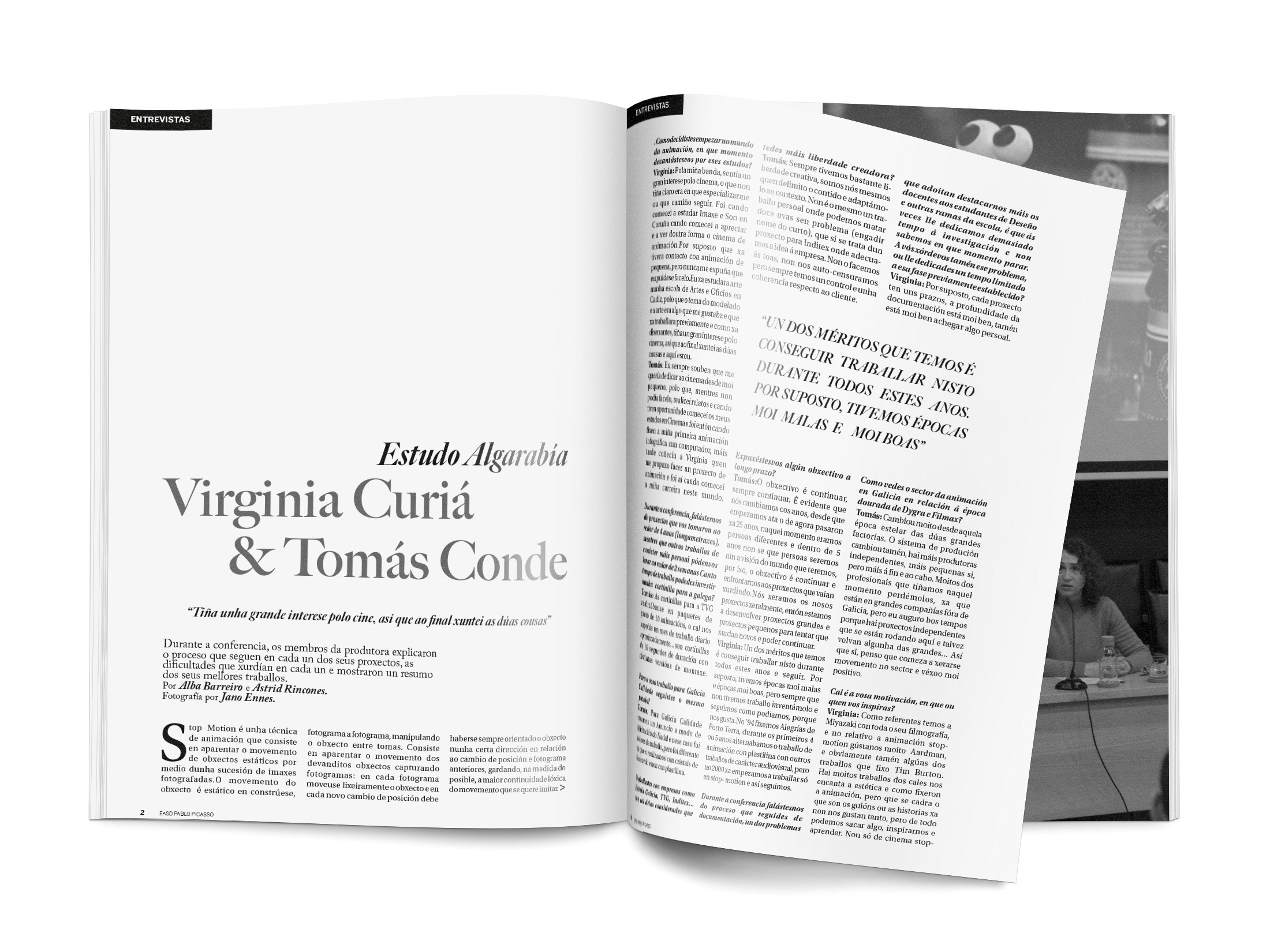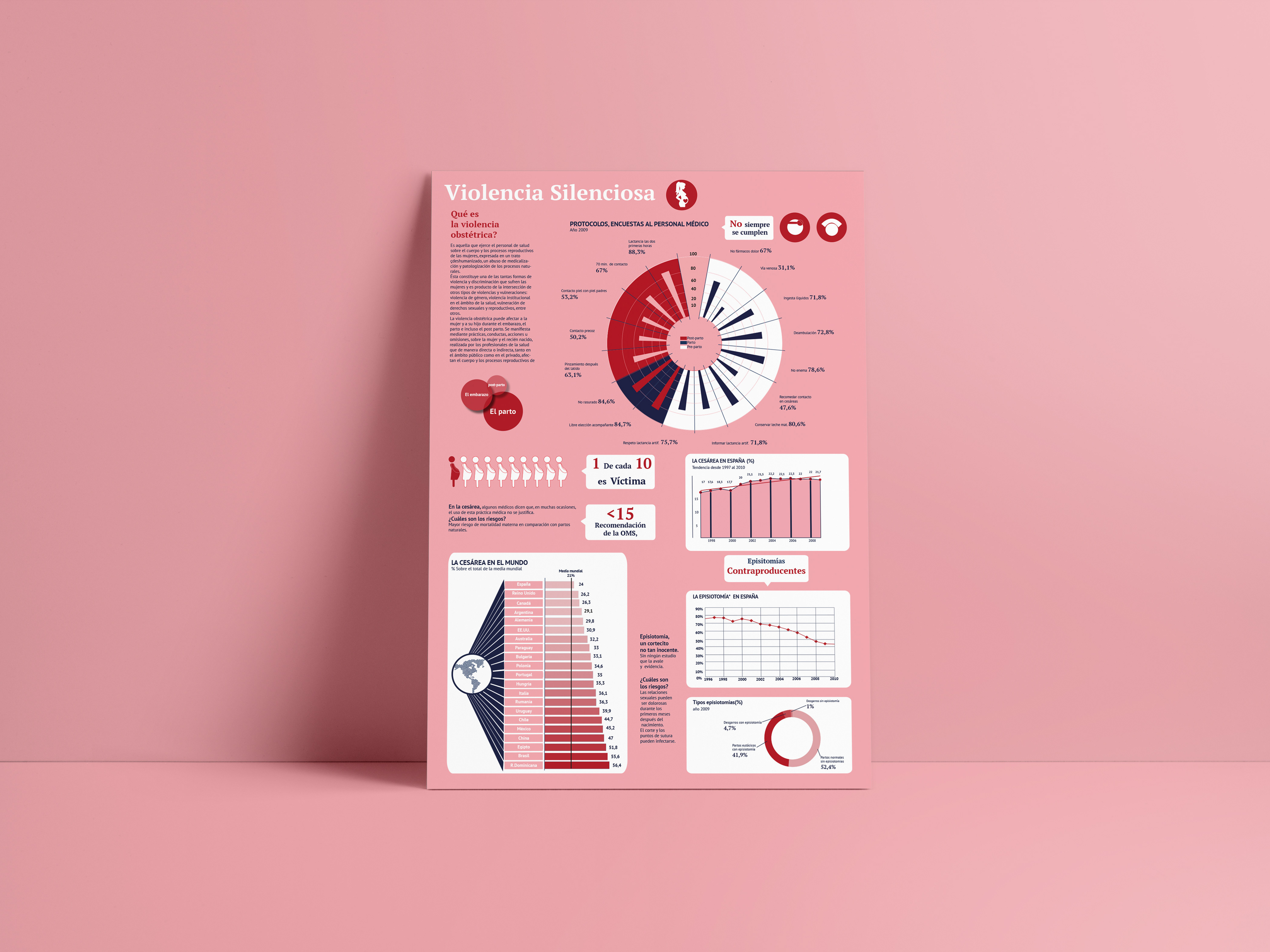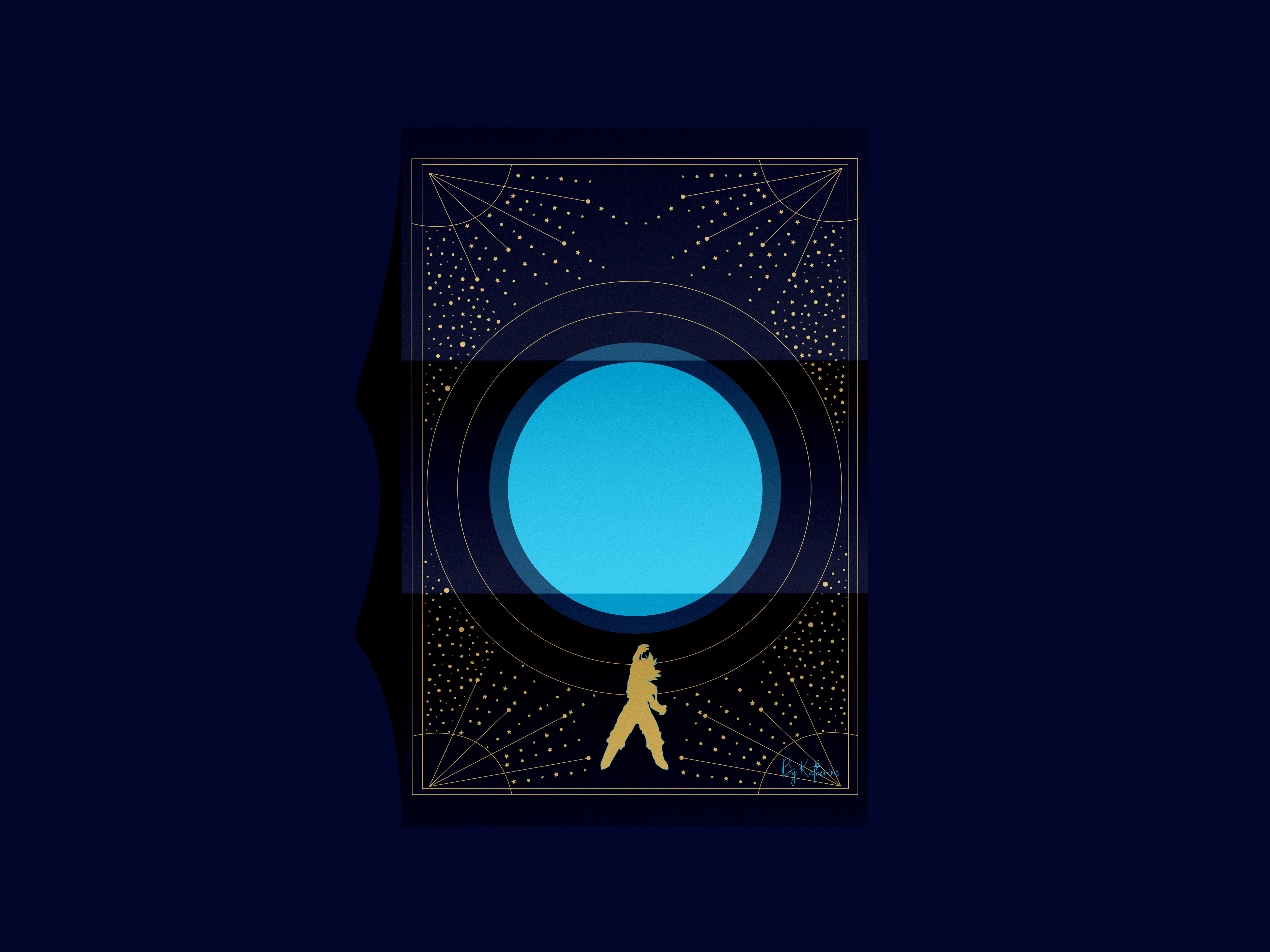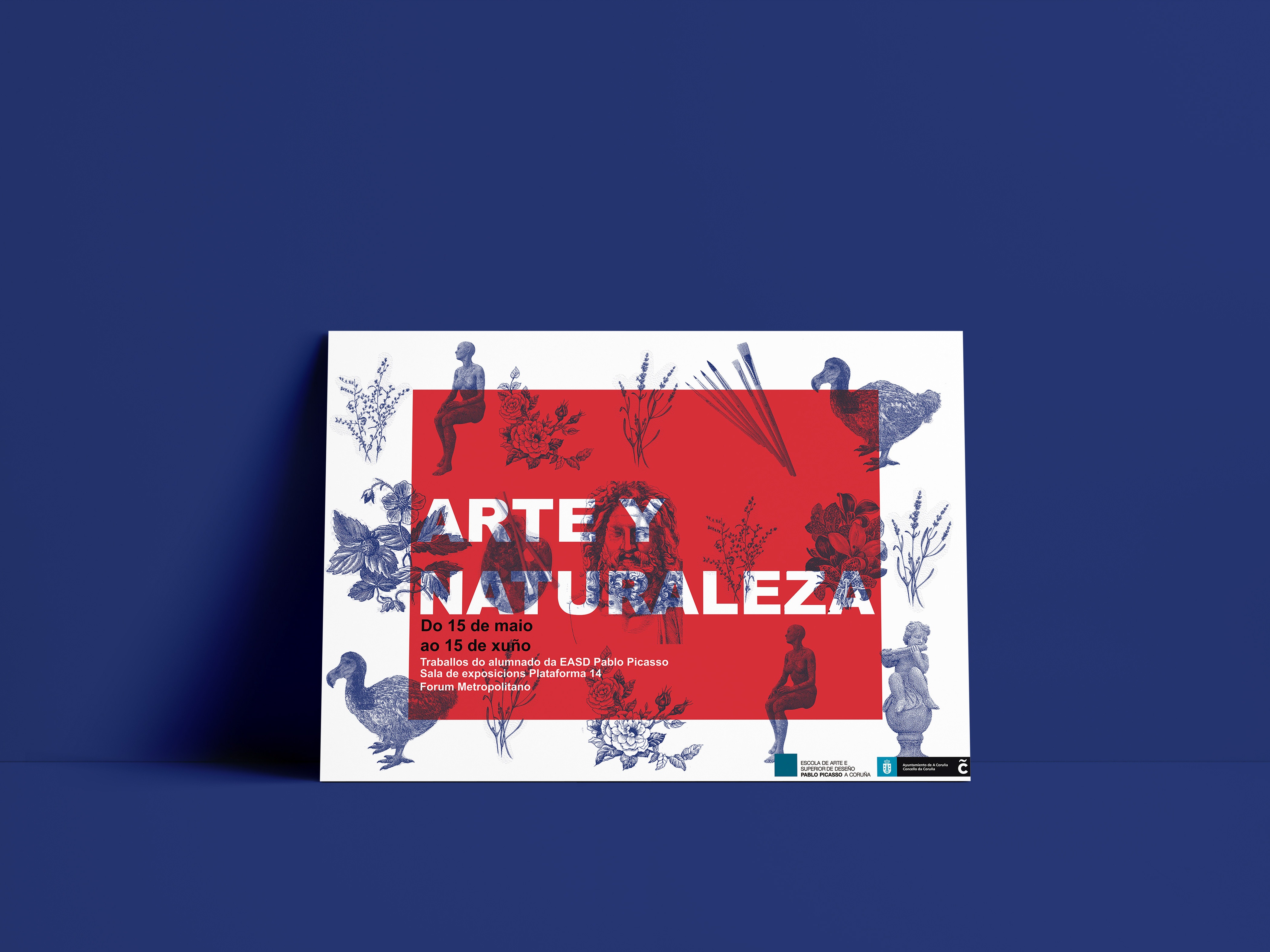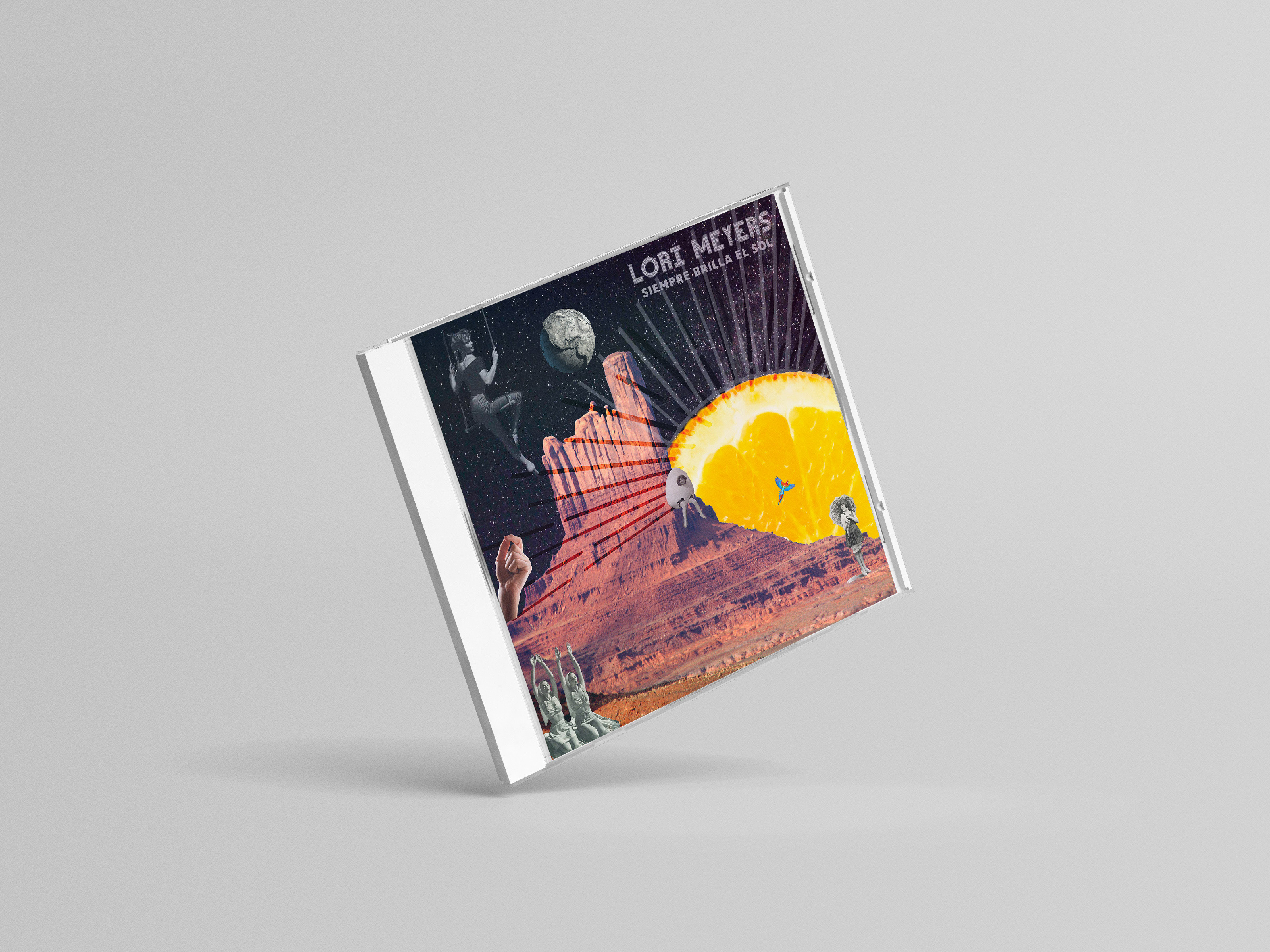Quantum
Quantum es mi proyecto académico de final de estudios. Es un libro con diseño editorial e infográfico, esta estructurado en portada, índice, y 5 capítulos, sobre las grandes teorías del mundo cuántico:
- La interpretación de Copenhague.
- La paradoja de EPR.
- El gato de Shrodinger.
- Entrelazamiento cuántico.
- El experimento de la doble rendija.
- La paradoja de EPR.
- El gato de Shrodinger.
- Entrelazamiento cuántico.
- El experimento de la doble rendija.
Estas teorías están entrelazadas entre sí en el espacio-tiempo en el que ocurren siendo muchas de estas muy conocidas sobre la reunión en Como, Italia, de las grandes mentes de aquellos tiempos.
English version
Quantum is my end of studies academic project. It is a book with editorial and infographic design, it is structured in cover, index, and 5 chapters, about the great theories of the quantum world:
- The Copenhagen interpretation.
- The EPR paradox.
- Shrodinger's cat.
- Quantum entanglement.
- The double slit experiment.
- The EPR paradox.
- Shrodinger's cat.
- Quantum entanglement.
- The double slit experiment.
These theories are intertwined with each other in the space-time in which they occur, many of them being well known about the meeting in Como, Italy, of the great minds of those times.
Para que este libro tuviera sentido, se hizo una investigación sobre las teorías señaladas anteriormente, y se encontró una bastante actual, sobre la "percepción de nuestra realidad" en la cual se llevaron varios experimentos sobre esta misma. Finalmente con la percepción de "mi realidad", para poner una una gama cromática al proyecto se baso en la psicología de los colores y basándose en la obras de Klari Reis. Cada capítulo contiene un degradado según la psicologia de los colores en la cual los fisicos pudieron o no conseguir refutar su teoría al mundo. Si conseguian grandes cosas, los colores demostraban felicidad, esperanza, alegría, superación... de lo contrario de hace referencia a colores mas oscuros, que pueden representar lo duro de la situación. Esto se aplico en el índice para ir preparando al espectador con la variedad cromática que contiene este trabajo. Según se van pasando las páginas hay diferentes degradados para dar connotación a la situación.
English version
For this book to make sense, an investigation was made on the theories indicated above, and a fairly current one was found, on the "perception of our reality" in which several experiments were carried out on it. Finally with the perception of "my reality", to put a chromatic range to the project I was based on the psychology of colors and based on the works of Klari Reis. Each chapter contains a gradient according to the psychology of colors in which physicists could or could not get to refute their theory to the world. If they achieved great things, the colors showed happiness, hope, joy, improvement ... otherwise it refers to darker colors, which can represent the harshness of the situation. This was applied in the index to prepare the viewer with the variety of colors that this work contains. As the pages are turned there are different gradients to give connotation to the situation.
Capitulo 1: La interpretación de Copenhague
En este capitulo se utilizan la teoría de la dualidad onda-partícula, y su contínuo movimiento en el espacio.
Con el nombre de interpretación de Copenhague se hace referencia a la interpretación de la mecánica cuántica considerada tradicional u ortodoxa. Fue formulada en 1927 por el físico danés Niels Bohr, con ayuda de Max Born y Werner Heisenberg, entre otros, durante una conferencia realizada en Como, Italia. Se conoce así debido al nombre de la ciudad en la que residía Bohr.
La interpretación de Copenhague intenta reconciliar el contra intuitivo dualismo material de "onda" y "partícula" de un modo adecuado a la comprensión humana.
Es fundamental para la interpretación de Copenhague que los resultados de los experimentos sean descritos en el lenguaje ordinario, no depender de la terminología arcana o palabras que se refieren solamente a los grupos de símbolos matemáticos.
El axioma fundamental de la interpretación de Copenhague es el "postulado de la cuántica" que dice que los acontecimientos subatómicos son solamente perceptibles como transiciones indeterministas físicamente discontinuas entre estados estacionarios discretos. Varias consecuencias se deducen de este postulado de la discontinuidad física impredecible.
Una de las principales razones porque es necesaria la interpretación del formalismo de la mecánica cuántica es que tal interpretación proporciona una visión general no separable en el tiempo y el espacio, ya que los dominios de la función de onda (el formalismo matemático de la mecánica cuántica) es el espacio de configuración (una descripción esquemática), no el espacio-tiempo físico "real" familiar a la mente humana.
English version
Chapter 1: The Copenhagen Interpretation
In this chapter the theory of wave-particle duality and its continuous movement in space are used.
The name of the Copenhagen interpretation refers to the interpretation of quantum mechanics considered traditional or orthodox. It was formulated in 1927 by the Danish physicist Niels Bohr, with the help of Max Born and Werner Heisenberg, among others, during a conference held in Como, Italy. It is known thus due to the name of the city in which Bohr resided.
The Copenhagen interpretation attempts to reconcile the counterintuitive material dualism of "wave" and "particle" in a way suited to human understanding.
It is fundamental to the Copenhagen interpretation that the results of the experiments be described in ordinary language, not relying on arcane terminology or words that refer only to groups of mathematical symbols.
The fundamental axiom of the Copenhagen interpretation is the "quantum postulate" which says that subatomic events are only perceivable as physically discontinuous indeterministic transitions between discrete stationary states. Several consequences follow from this postulate of unpredictable physical discontinuity.
One of the main reasons why the interpretation of the quantum mechanical formalism is necessary is that such an interpretation provides an overview not separable in time and space, since the domains of the wave function (the mathematical formalism of quantum mechanics ) is configuration space (a schematic description), not the "real" physical spacetime familiar to the human mind.
Los siguientes capítulos se publicarán en mi perfil.
The following chapters will be published on my profile.


